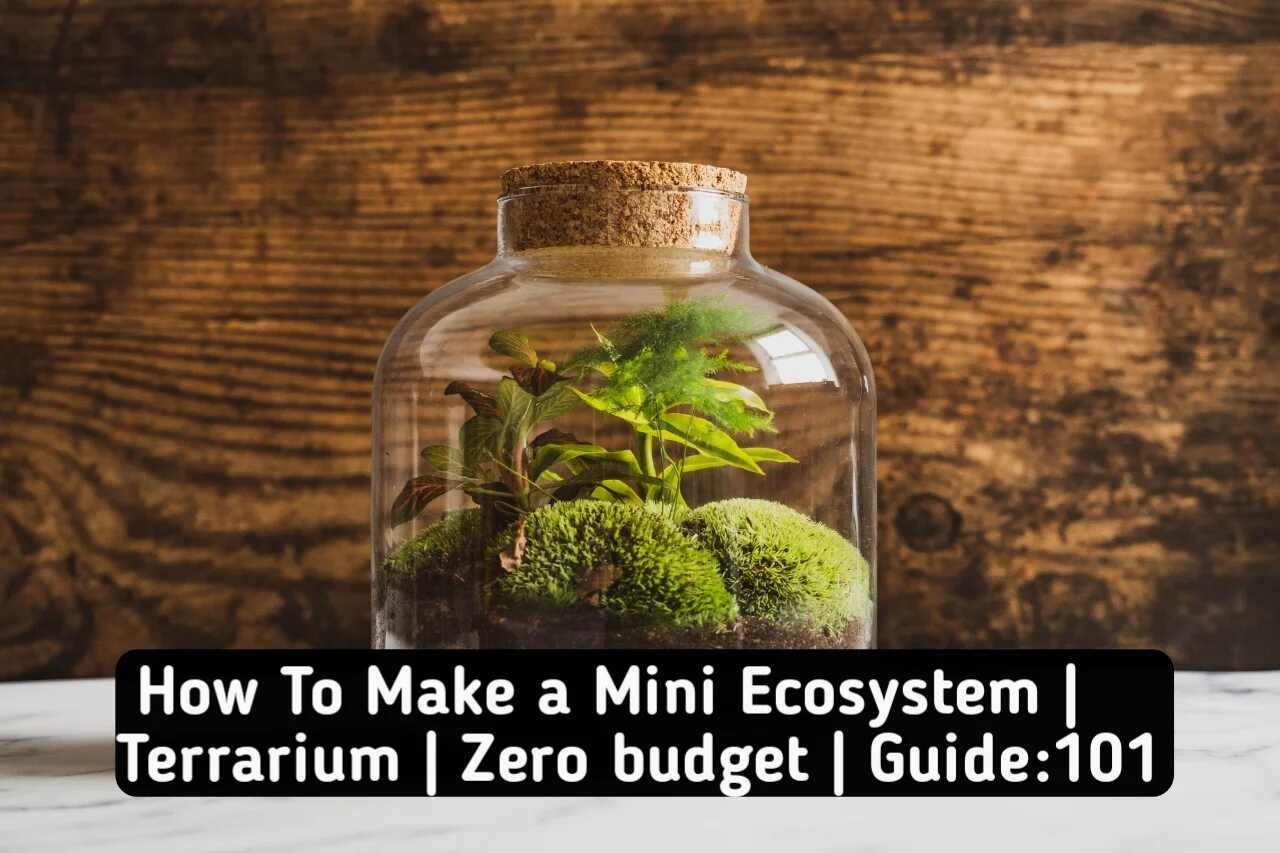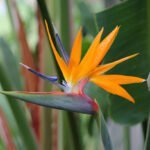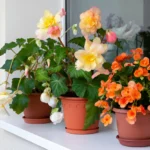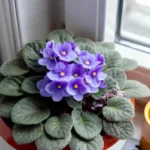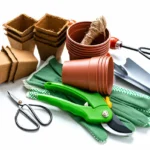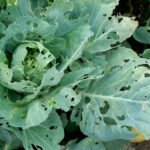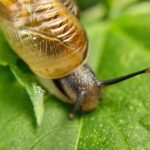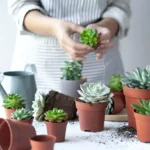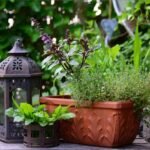Table of Contents
Add a header to begin generating the table of contents
Scroll to Top
Are you thinking about the money you need to build a mini ecosystem? Then, you are living in the paradise of error. Today, I will tell you how you can make a mini-ecosystem on a zero budget.
While scrolling online, I saw a post designed with live plants and stones inside glass-enclosed jars. I am trying to remember the name of the owner of that post. I was surprised to see how he kept the plant in a closed glass jar. He claimed the plants were alive for about 17 months.
How many months will the plants survive inside?
I want to know more about how small plants survive. Being new, I was ignorant about this but started digging in and learning how the process works.
Then, when I got that idea, I tried it to see if their information and what I had learned from that research work.
As a result, I built the mini-ecosystem by myself, and it is still working.
Now, I will explain how I made it and how you can make a mini ecosystem on zero budget.
Before the detailed creation process, let’s examine how the ecosystem works. After that, you’ll be more inspired to strive for this goal.

What is The Ecosystem?
A mini ecosystem is a small closed glass jar filled with water, plants, rocks, tree bark, soil, and live insects that can grow and survive without any maintenance for a long time. However, ecosystems cannot be created with indoor or sensitive plants.
How Does it Operate?
You may also wonder how this whole thing works when you witness a little ecosystem for the first time.
Together with water, soil, and living plants, this environment allows live insects, spiders, and invertebrates to exist.
From where do they obtain water and food?
Jar has its mouth shut. Lack of water or oxygen can cause plants to perish. No, they do not perish; instead, they thrive. Water is not provided from outside during this entire procedure. However, it occasionally may be. There is a skinny layer of water. Live plants use their roots to get nutrients and oxygen from the soil. Since oxygen cannot exit, the water builds up in the glass jar and gets moist as oxygen cannot escape it. The law of nature states that water runs out of the glass jar and back into the earth.
In photosynthesis, the plant’s leaves absorb nutrients from the sun, water, and soil contained within the glass jar. Additionally, food may be obtained by plant roots from the soil’s sustainable layer. Internal processes like falling leaves, bug droppings, etc., provide organic nourishment.
This continuity can continue for an extended period, and the living organisms can survive inside the glass jar.
How to make the mini-ecosystem have a zero budget?
We know how the ecosystem works. We may have easily convinced you. Anyway, now we can come to our central part. How can we create materialism on a zero budget? Is it possible? Let us try to know step by step.
We know how ecosystems work. We may have easily convinced you. Anyway, now we have come to our central part. How can we create materialism on a zero budget? Is it possible? Let us try to know step by step.
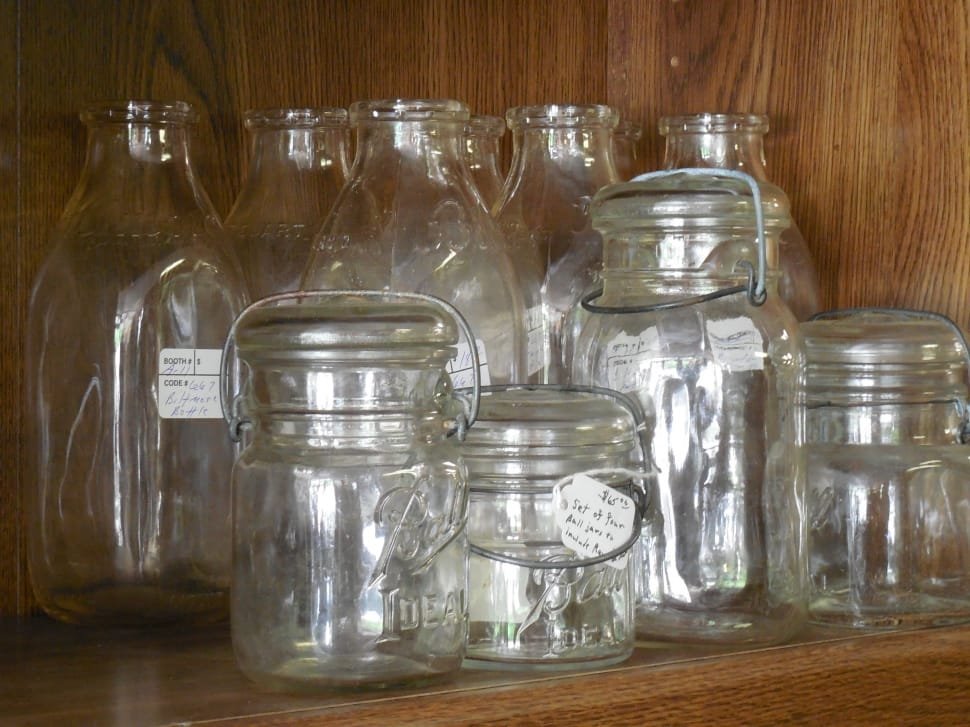
Choose the Perfect Container/Jar.
First, choose a glass container or jar for your mini ecosystem. The amount of your next ingredient depends on the glass jar you choose. Selecting a medium-sized glass jar will require a little more of the rest of the ingredients.
And a small glass jar will require a small amount of ingredients. Since we can collect the materials from outside our home and within budget, we don’t need to worry about other elements. However, I would suggest gathering the rest of the ingredients based on the size of your jar.
Why the Glass Jar?
We will put the glass jar in the sunlight (bright light) so that the sunlight can enter the glass jar quickly and efficiently. In the glass jar, you can see how the whole ecosystem is doing from the outside and whether it needs water. You can observe from the outside that glass jars are easier to clean. The entire ecosystem will run through autonomously, and the glass jar plays a significant role in this process.
So, can’t I create mini ecosystems in plastic containers?
You can, but you will enjoy more observations in glass jars than plastic ones. The glass jar looks very aesthetic, which is different from plastic ones.
We have selected the glass jar; now, where can we get the glass jar?
Take some time to check your kitchen or fridge at home, and you will find sauces, jams, and chocolates in glass jars. You take the jar with your mother’s permission and clean it. Wash the jar in the sink with liquid soap to remove food particles and odors. If you have any stickers on the jar, remove them. Some stickers may be challenging, but you must remove them altogether. You can use rubbing alcohol to remove stickers in your house. Clean the sticker area and wipe it off with a paper towel. You get a shiny glass jar for free, which you must pay a reasonable amount to buy from the market. Didn’t that save you money?
Now, we’ll get down to gathering everything we need to decorate the inside of the jar.
We can search in the backyard of our house if we don’t have such an opportunity. Also, there is no problem; we can go to any vegetated area near us, like a forest or dense forest. But be careful not to enter too much and try to stay close.
Run your search
To locate the required components, go beneath or close to dead trees. For the ecosystem, I used two or three types of moss: small and large rocks, charcoal, dead tree bark, some sticks in perfect shape, and soil collected from under leaves (this soil does not include springtails). And I took some nice-looking weeds that looked pretty good.
You collect whatever materials you can from the forest or behind your house.
To create your tiny ecosystem, you will need the following components:
- small stone
- moss
- tree bark
- small pieces of wood or sticks
- plants that grow slowly/can also collect weeds.
- some insects (optional)
Once all the above items are collected, bring them home, and you can do the rest of the work calmly at home.
Mini Ecosystems can be a way to show your full creativity. How you place any moss or plants and design with stones is entirely up to you.
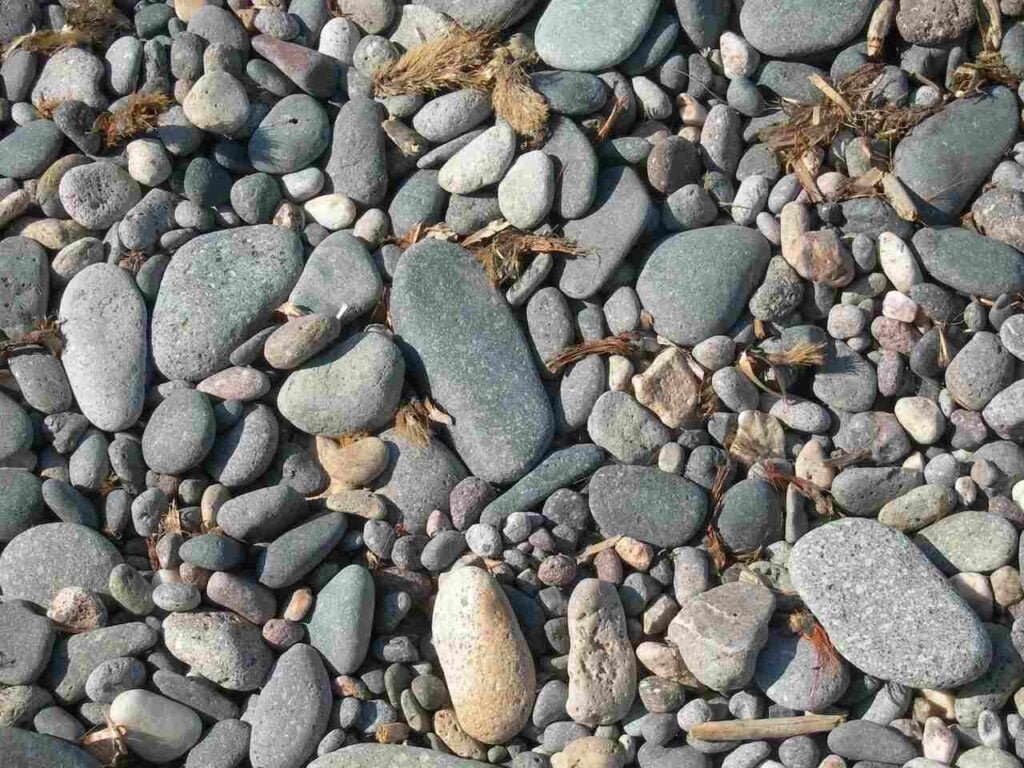
Stone
Collect stones of several types or sizes. It will decorate the inside of your jar very nicely. You can place one kind of stone at the bottom of the jar and use the other type to decorate the soil under or above the moss.
After bringing the stones home, you should soak them in water and clean them. We will only use the cleaned stones, not the dusty or dirty ones.
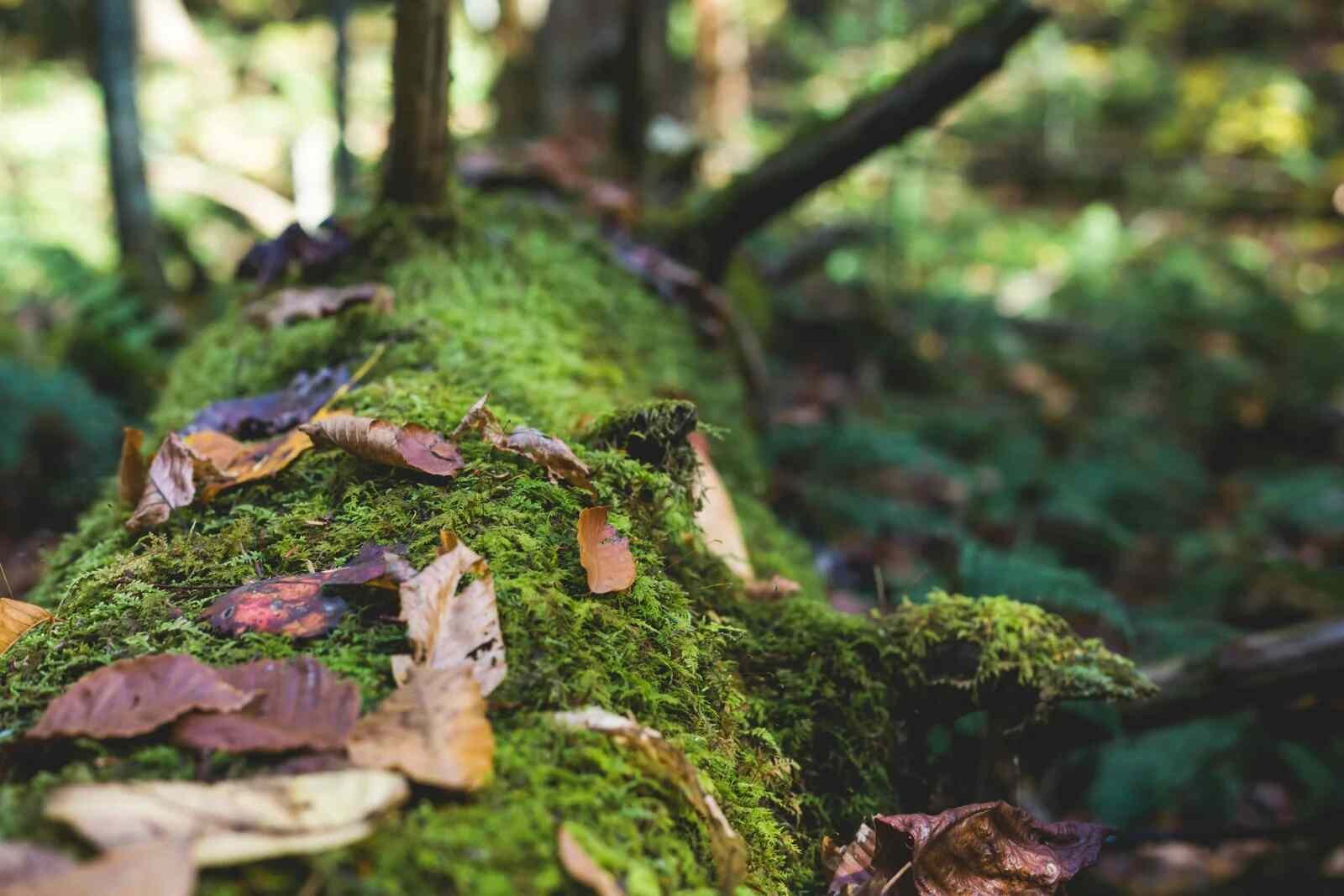
Moss
We will put the moss above the soil level. Adding moss will give most of the jar a touch of green, which looks great on the outside of the glass, and the moss can retain moisture, which will be very useful for our whole system. Mosses can be found in some natural areas and in damp areas of the forest.
There are Star Moss, Signum Moss, etc. Try to collect as many as you come across. Once the mosses are inside, give them a good cleaning and soak in water. That will remove the dirt, and water will accumulate in the mosses, which will later act as a moisturizer.
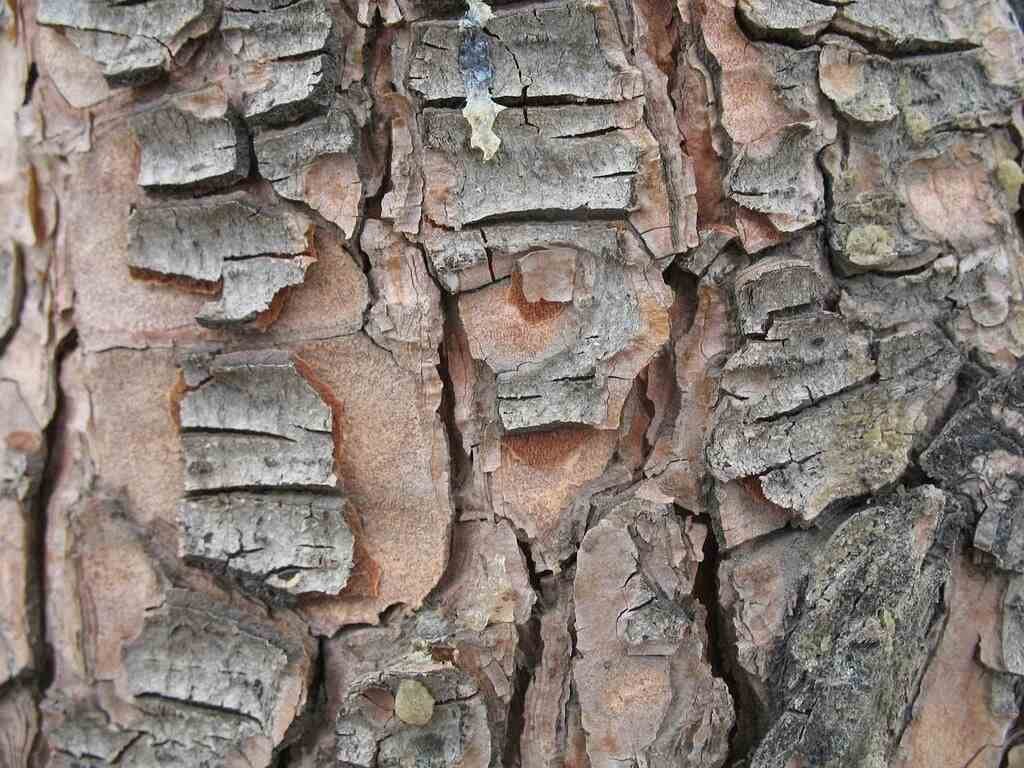
Tree bark
Collect the bark of the tree and pick something coarse that can be used to design the interior of your ecosystem. To determine whether the leaves are more rotting, gather the dirt beneath them.
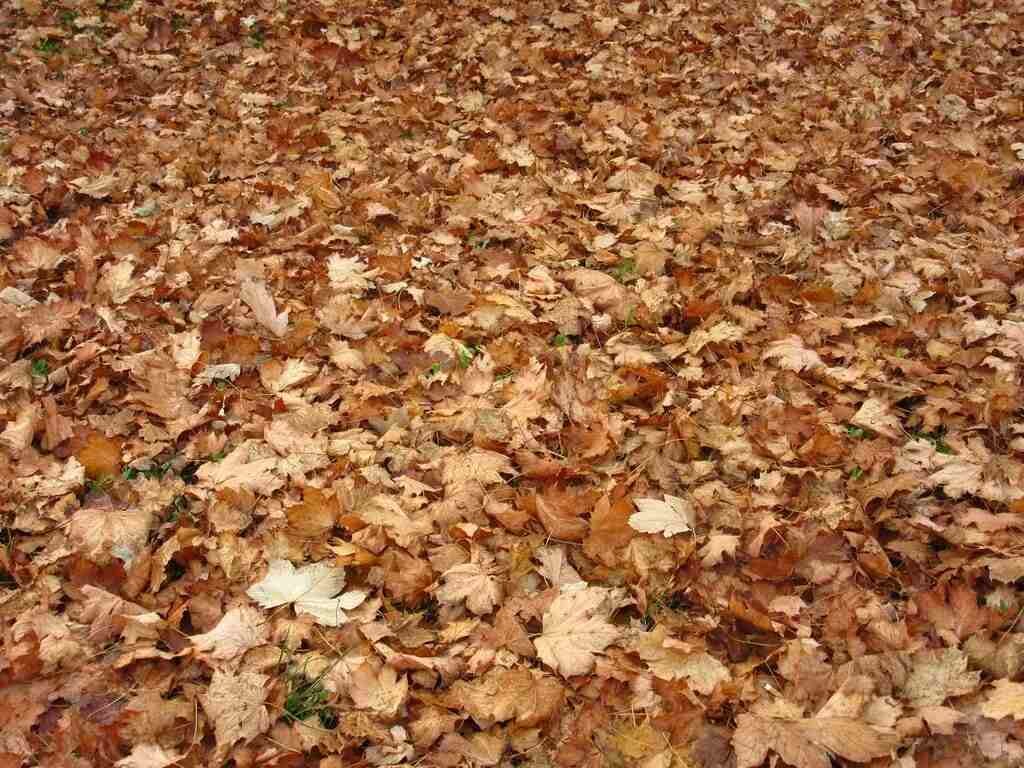
Soil layer
Collect the soil under the fallen leaves from the big trees; you may find the leaves are still in the composting process or have already been decomposed. That will make your soil layer quite soft and able to hold water. We will not take any soil that contains too much sand and cannot have or distribute water. We should collect the soil layer carefully.
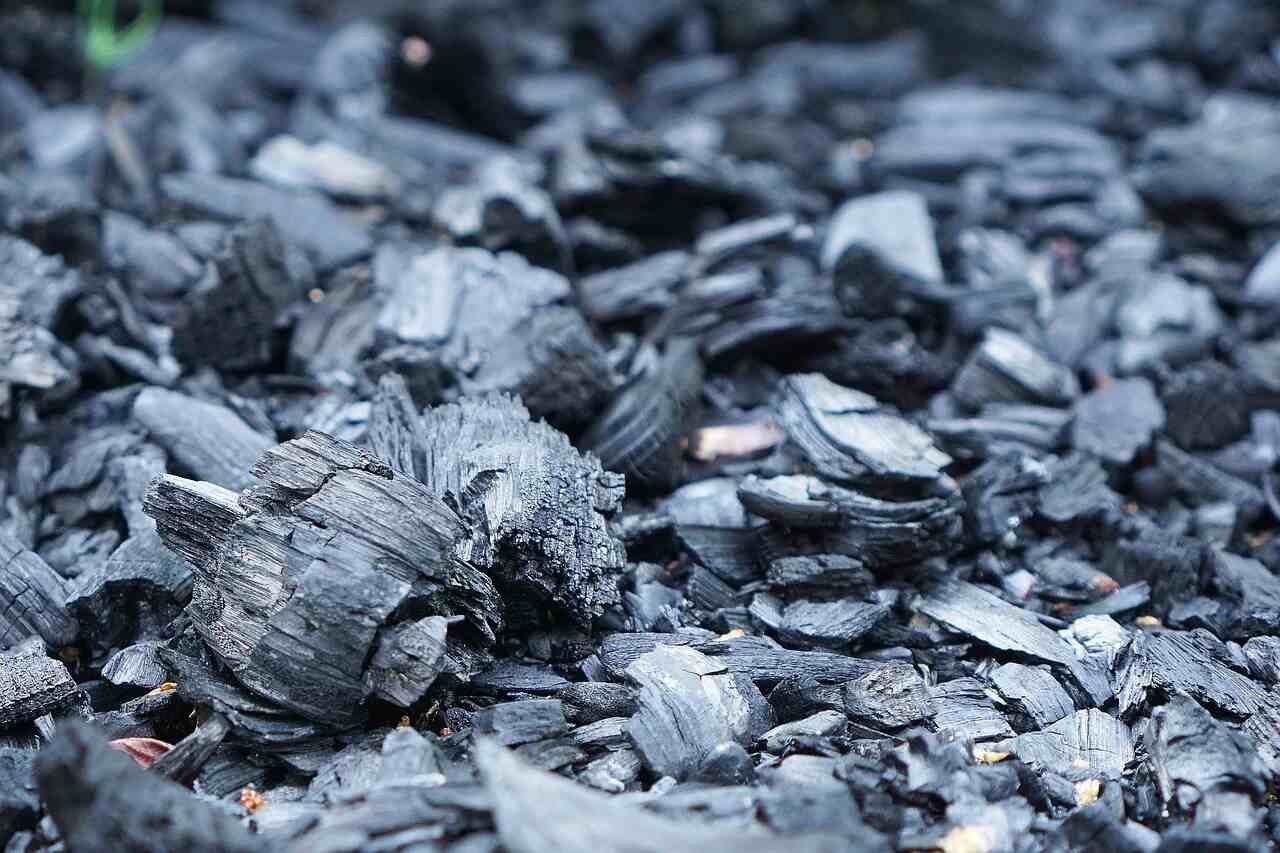
Charcoal
Charcoal will significantly aid in keeping your water clean and draining quickly. If we have whole wood at home, we can make it whole into charcoal, but we will not use any chemicals like kerosene or anything else in the wood to make charcoal. Once the charcoal is collected, we will remember to soak it in water and clean it.
Insect (optional):
If we dig a little deeper, we can find some insects. There are several insects, including springtail, pillbug, and rolly polly. You can use earthworms to loosen the soil to allow oxygen to move through the soil.
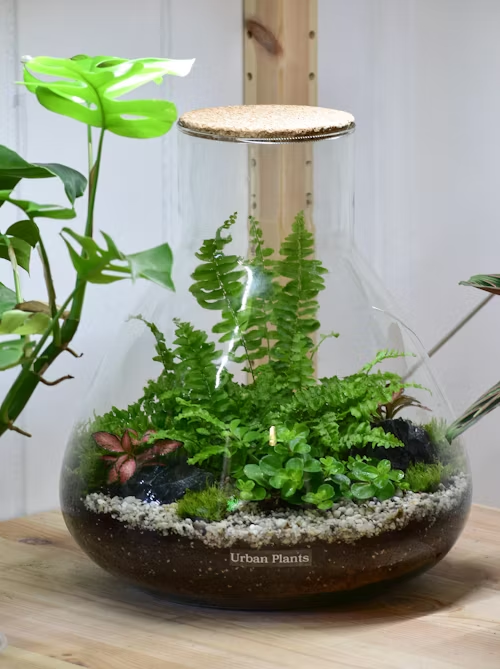
It will only take your time and effort to collect the above ingredients. Isn’t that great?
Even if you do not have a budget, we have collected the mini-ecosystems components easily.
Now, coming to the part of showing our creativity
We will now prepare our glass jar.
First, you put a layer of stone at the bottom of the glass jar, then a layer of charcoal. You will arrange each layer with a stick to look good outside.
Now, we will use the beige and clay layers. We will take the soil that we have collected and mix it with small pieces of tree bark. The bark of the tree will help to drain the water.
We will put a thick layer of soil mixture on top of the coal layer (soil) because the soil can grow plant roots and various insects.
Now, we will lay the stones on the ground and lay out the design. A thick tree branch can be added inside, which will look even better, and you can use a few if you want. That depends on the size of your jar. Give as many as you are able to. You can arrange it any way you like in the decoration box. It’s all up to your creativity.
If you spread the moss on the soil layer and put stones in places, small and big sizes will look better. Grab the roots of the weeds you brought in using a stick to push the roots into the soil and add more soil around the plant if needed. Thin branches can be given as a supporter next to the tree. Once you have the design inside your glass, you take a small dropper and pour water through the dropper. I used a sprayer. If water gets on the glass, wipe it with a paper towel. Do not allow water to remain in the glass.
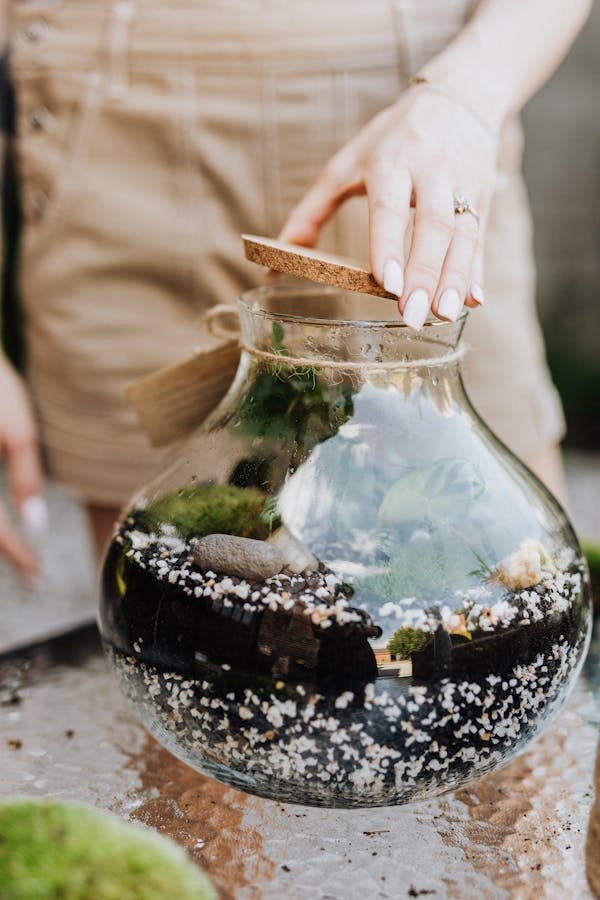
Before closing the lid of the jar, check if it is in place, and then you can close it.
Sometimes, you can open the mouth to let the carbon dioxide inside the jar.
You place the jar in a bright place in your room.
You will know if the whole process is running properly when you see moisture adding to the glass and water condensing. If the plants are delicate, you will see the process is active inside.
This way, you can create a mini ecosystem without any budget. Then, you can easily create a mini ecosystem with no excuses.
Related articel
Read More: How to make terrarium soil at home | easy to make recipe
